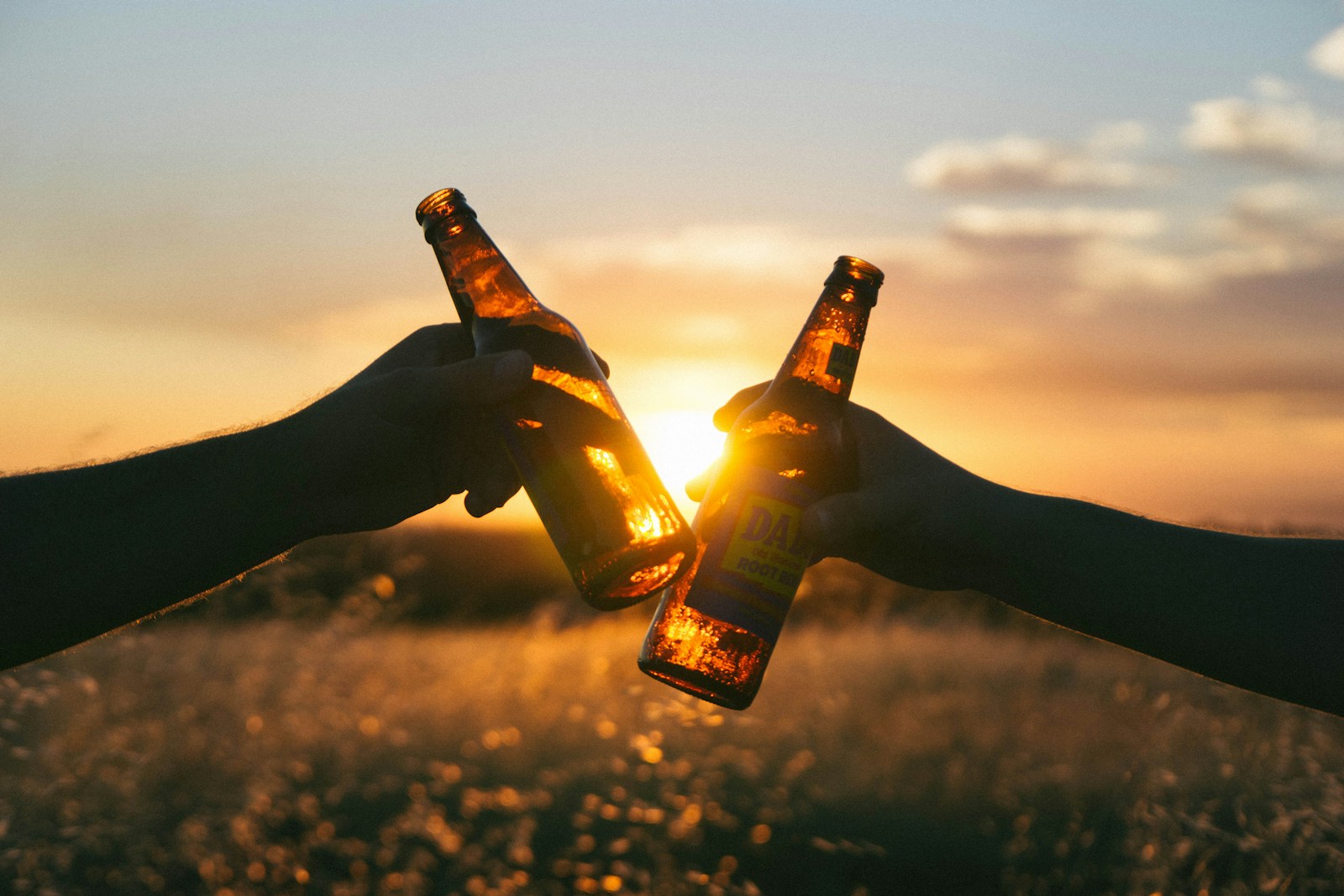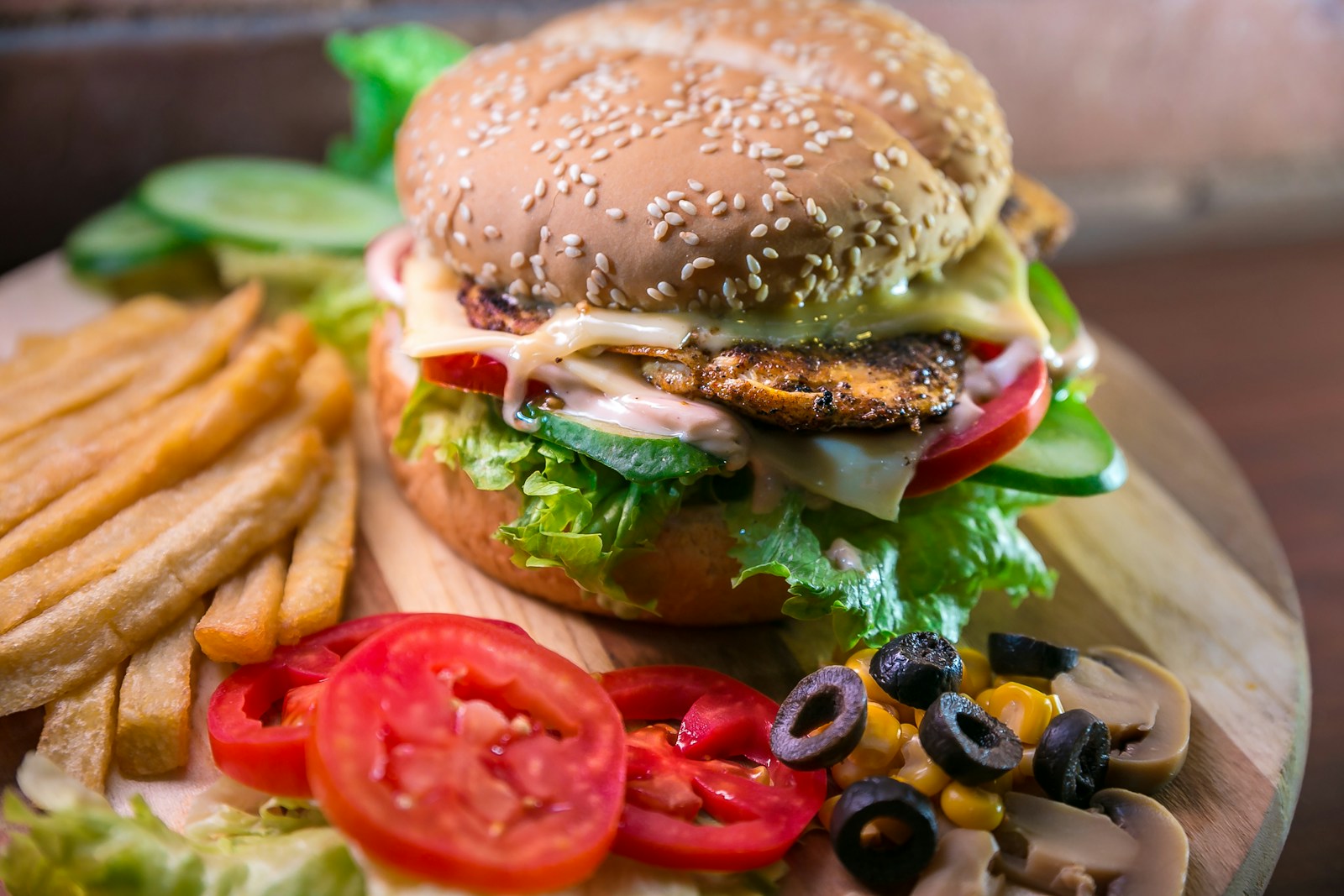
Ever found yourself at a fancy soirée, champagne flute in hand, only to realize you’ve committed a cardinal sin you didn’t even know existed? Or perhaps you’ve been the one giving the subtle (or not-so-subtle) side-eye when someone else fumbles a toast? Navigating the intricate world of drinking etiquette can feel like walking a tightrope, but it’s a skill that pays dividends in every social setting, from a casual pub gathering to a high-stakes diplomatic dinner.
Etiquette isn’t about rigid rules designed to make you feel inferior; it’s about making everyone around you feel comfortable, respected, and part of the moment. It’s the secret sauce that transforms a good gathering into a truly memorable one, ensuring smooth interactions and genuine connections. Understanding these unspoken rules allows you to raise your glass with confidence and panache, focusing on enjoying the company rather than worrying about a misstep.
Having taught etiquette to people globally, I’ve seen firsthand how easily these minor slip-ups can occur. Drawing wisdom from experts like William Hanson of The English Manner and a treasure trove of shared experiences, we’re about to dive into some of the most basic — and often surprising — mistakes people make while drinking and socializing. Get ready to elevate your sips and your social game, starting with these foundational faux pas that often go unnoticed but leave a lasting impression.

1. **Clinking Glasses at a Formal Toast**There’s something inherently satisfying about the clear, resonant sound of glasses clinking together, a common sign of camaraderie and celebration in many informal settings. However, at formal events, that familiar sound is actually a major faux pas. William Hanson, an esteemed etiquette coach, firmly advises against it, a stance that often surprises many.
There’s something inherently satisfying about the clear, resonant sound of glasses clinking together, a common sign of camaraderie and celebration in many informal settings. However, at formal events, that familiar sound is actually a major faux pas. William Hanson, an esteemed etiquette coach, firmly advises against it, a stance that often surprises many.
The primary reason for this seemingly counterintuitive rule lies in the delicacy of the glassware typically used in formal environments. Fine crystal or other delicate materials are incredibly fragile. An enthusiastic clink risks damage, or worse, shattering the exquisite glass, turning a moment of celebration into an awkward cleanup. The intention behind the toast is connection and respect, not an audible signal.
Instead of clinking, the proper etiquette for a formal toast involves a more refined gesture. You should gracefully hold up your glass, make eye contact with those around you, and offer a nod or a simple, heartfelt “Cheers” or a specific celebratory phrase like, “Richard, happy birthday.” It’s about acknowledging the people and the occasion with your gaze and presence, creating a moment of shared recognition without the potential for breakage. Of course, in less formal settings, like a pub where robust, dishwasher-safe glasses are the norm, feel free to clink away to your heart’s content.

2. **Sipping Cocktails Through a Straw**Picture this scene: you’re at a sophisticated cocktail party, admiring the artistry of a meticulously crafted drink, only to see someone slurping their beverage through a straw. It instantly conjures an image that feels out of place, almost like showing up to a formal board meeting wearing flip-flops. William Hanson himself openly expresses his dislike for straws in formal settings, considering them too casual and even a bit childish, detracting from the elegant atmosphere.
Picture this scene: you’re at a sophisticated cocktail party, admiring the artistry of a meticulously crafted drink, only to see someone slurping their beverage through a straw. It instantly conjures an image that feels out of place, almost like showing up to a formal board meeting wearing flip-flops. William Hanson himself openly expresses his dislike for straws in formal settings, considering them too casual and even a bit childish, detracting from the elegant atmosphere.
Beyond the aesthetic concern, there’s a surprising physiological reason to skip the straw when enjoying an alcoholic beverage. When you drink through a straw, you tend to take in less oxygen. Oxygen plays a crucial role in diluting alcohol in your system, meaning that a reduced oxygen intake can actually cause the alcohol to hit you faster and harder. This can lead to feeling “giggly much faster,” potentially impacting your composure earlier in the evening than anticipated.
Therefore, the recommendation is clear: ditch the straw for your cocktails in any setting where sophistication is valued. Taking sips directly from the glass not only allows you to appreciate the full beauty and aroma of the drink but also helps you pace yourself more effectively. It’s a simple adjustment that elevates your experience and ensures you maintain a polished demeanor throughout the event.

3. **Shooting Premium Tequila**The act of “shooting tequila” has become synonymous with party culture and a quick path to intoxication for many. While there’s certainly a time and place for cheap tequila shots accompanied by lime and salt (especially if your goal is just a swift buzz and you’re not particularly interested in the taste), applying this approach to premium tequila is akin to guzzling a fine vintage wine. It’s a fundamental misunderstanding of the spirit and, quite frankly, a waste of its inherent value.
The act of “shooting tequila” has become synonymous with party culture and a quick path to intoxication for many. While there’s certainly a time and place for cheap tequila shots accompanied by lime and salt (especially if your goal is just a swift buzz and you’re not particularly interested in the taste), applying this approach to premium tequila is akin to guzzling a fine vintage wine. It’s a fundamental misunderstanding of the spirit and, quite frankly, a waste of its inherent value.
Premium tequilas, like a $50 añejo, are carefully distilled and aged to develop complex flavor profiles. They boast subtle notes of oak, agave, and various other nuances that are completely bypassed when hastily swallowed as a shot. The distillers put immense effort into crafting these spirits, and their work deserves to be recognized and appreciated through a more deliberate consumption method.
To truly honor a premium tequila, the practice is to sip it slowly. This allows the intricate flavors to unfold on your palate, providing a much richer and more indulgent experience. It’s a salute to the distiller’s craft and an opportunity to savor the drink for its quality, rather than just its alcoholic content. Next time you encounter a fine spirit, remember to take your time and appreciate the nuanced journey of taste it offers.

4. **Drinking Straight from the Bottle**While it might feel perfectly natural to chug a beer straight from the bottle at a backyard barbecue or a casual sporting event, this habit transforms into a glaring social faux pas in more formal or communal settings. William Hanson eloquently states that “bottles are storage — they aren’t cups or something to drink out of.” This simple distinction highlights a key principle of refined drinking etiquette.
While it might feel perfectly natural to chug a beer straight from the bottle at a backyard barbecue or a casual sporting event, this habit transforms into a glaring social faux pas in more formal or communal settings. William Hanson eloquently states that “bottles are storage — they aren’t cups or something to drink out of.” This simple distinction highlights a key principle of refined drinking etiquette.
The act of pouring your drink into a proper glass, regardless of whether it’s beer, soda, or water, communicates a subtle yet significant message. It signals that you are attuned to the social environment and invested in presenting yourself with a degree of polish and respect for the occasion. It transforms a functional act of consumption into a more considerate and aesthetically pleasing gesture.
This small step elevates the moment, much like choosing to use a napkin rather than wiping your mouth on your sleeve. It demonstrates an awareness of your surroundings and a commitment to maintaining a certain level of decorum. Trust me, making the minimal effort to pour your drink into a glass is a worthwhile investment in appearing sophisticated and considerate, distinguishing you from those who overlook such details.

5. **Employing the Incorrect Glassware**Using the wrong glass for a particular drink is a surprisingly common misstep that can be as jarring as wearing mismatched shoes to a formal event. Each type of glass is meticulously designed with a specific purpose, intended to enhance the drink’s aroma, preserve its temperature, or highlight its unique characteristics. Champagne flutes, for instance, are tall and narrow to minimize surface area and preserve those precious bubbles, while tumblers or snifters allow whiskies and brandies to “breathe” and release their aromatic complexities.
Using the wrong glass for a particular drink is a surprisingly common misstep that can be as jarring as wearing mismatched shoes to a formal event. Each type of glass is meticulously designed with a specific purpose, intended to enhance the drink’s aroma, preserve its temperature, or highlight its unique characteristics. Champagne flutes, for instance, are tall and narrow to minimize surface area and preserve those precious bubbles, while tumblers or snifters allow whiskies and brandies to “breathe” and release their aromatic complexities.
I once witnessed the collective wince of fellow guests when someone at an elegant dinner party filled a highball glass with a fine red wine. The stares received were certainly chastening, and it underscored how quickly an otherwise pleasant experience can be diminished by a simple glassware error. It’s not just about looking right; it’s about the optimal appreciation of the beverage itself.
Therefore, pairing the correct vessel with your drink is a crucial element of drinking etiquette. Doing so not only impresses your guests with your attention to detail but, more importantly, genuinely enhances the sensory experience of every sip. Understanding these nuances allows you and your company to enjoy the drink precisely as it was intended, maximizing its taste and texture.

6. **Dropping Ice Cubes in Wine**For dedicated wine lovers, the sight of ice cubes plopping into a glass of red or white wine can elicit an almost visceral reaction of dismay, akin to “clutching their pearls.” While an emergency ice cube might be justifiable in a dire “too-warm rosé” situation for some, it is widely considered a major faux pas in polite company and among connoisseurs. The reason is simple and significant: ice dilutes the wine.
For dedicated wine lovers, the sight of ice cubes plopping into a glass of red or white wine can elicit an almost visceral reaction of dismay, akin to “clutching their pearls.” While an emergency ice cube might be justifiable in a dire “too-warm rosé” situation for some, it is widely considered a major faux pas in polite company and among connoisseurs. The reason is simple and significant: ice dilutes the wine.
Wine, particularly a fine vintage, is a delicate balance of flavors, aromas, and textures, meticulously crafted by the winemaker. Adding ice introduces water, which inevitably waters down this intricate composition, stripping away its nuanced character and transforming a carefully produced drink into a watery, less-than-satisfying experience. It’s a shortcut that disrespects the drink’s integrity and reveals a “neophyte oenophile” in the process.
If your wine isn’t adequately chilled, there are far more respectful and effective solutions than introducing ice. A quick ten-minute stint in the freezer, or the use of a dedicated wine chiller, can bring your bottle to the ideal temperature without compromising its delicate profile. Save the ice for cocktails where dilution is often an intended part of the experience, and allow your wine to be savored in its undiluted glory.




